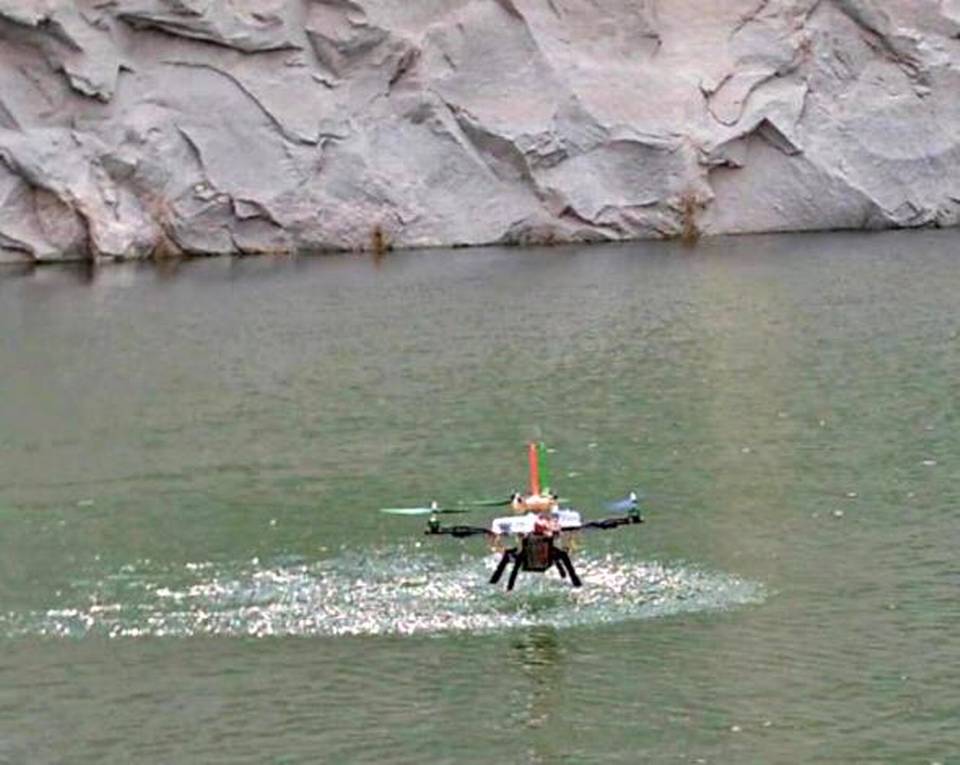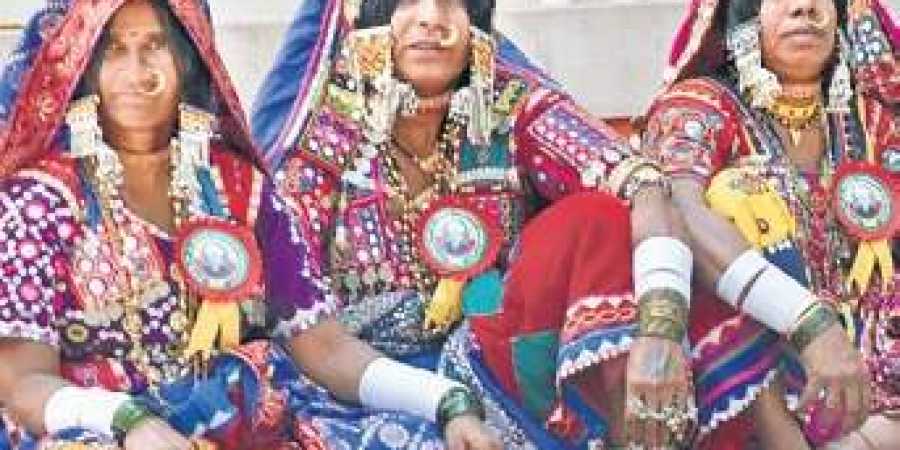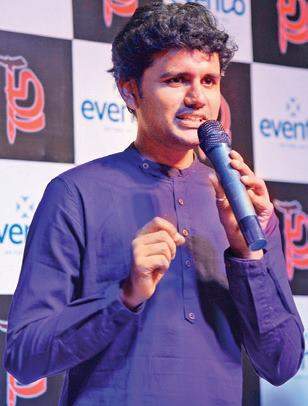The current situation in the field of paediatric cancer care looks quite grim.
Bengaluru :
The current situation in the field of paediatric cancer care looks quite grim. The number of cancer experts who specialise in paediatric cancer is limited. Furthermore, paediatric cancer experts are located only in tertiary referral centres in metropolitan cities and thus, have limited time and availability to treat children with cancer. All hope, however, is not lost. Paediatric cancer specialists anywhere in the world can now share their experience in guiding the treatment plan of children with cancer through Navya Care, a Bengaluru-based clinical informatics system and online expert opinion service.
“Most childhood cancers are curable and enabling infrastructure to deliver care to the children of our country, is of prime importance. Therefore, parents and social support systems should expedite to receive expert treatment plans and evidence-based care at the earliest instead of introducing any procedural delays,” said Gitika Srivastava, founder, Navya. She added that since time is essential, the service enables online reviews by cancer experts in 24 hours.
There are three million cancer patients in India and only 1,500 oncologists, and the number of experts specialising in a specific type of cancer is likely few tens or hundreds, she said. Over 28,000 patients have reached out to Navya, and 75 per cent of these patients are from India.
“There are 300 oncologists on board. Faculty oncologists at Tata Memorial Centre routinely use the Navya system for patients worldwide. Additionally, they are one of the flagship programmes of the National Cancer Grid, which comprise all of the leading tertiary care cancer expert centers from AIIMS in North India to Adyar Cancer Institute in South India,” stated Srivastava.
At their recent presentation at the San Antonio Breast Cancer Symposium and the National Comprehensive Cancer Network Conference, Srivastava spoke about how 97 per cent patients in an international sample confirmed that even a day’s delay in knowing the treatment plan mattered to them. “They experienced significant anxiety relief because of the 24-hour turnaround of Navya.”
Challenges in paediatric cancer
Access to care:
Out of 100 oncologists, probably less than 10 treat paediatric cancers
Access to informed evidence-based expertise:
Treating paediatric cancer patients based on published medical evidence that pertains specifically to pediatric patients, is complex
Access to centres that can provide such care:
There are only a few tertiary care centres with dedicated paediatric disease management groups
Resource constraints:
In India, lack of resources prevents exploration of treatments available to cure children.
source: http://www.newindianexpress.com / The New Indian Express / Home> Cities> Bengaluru / by Akhila Damodaran / Express News Service / February 21st, 2019










